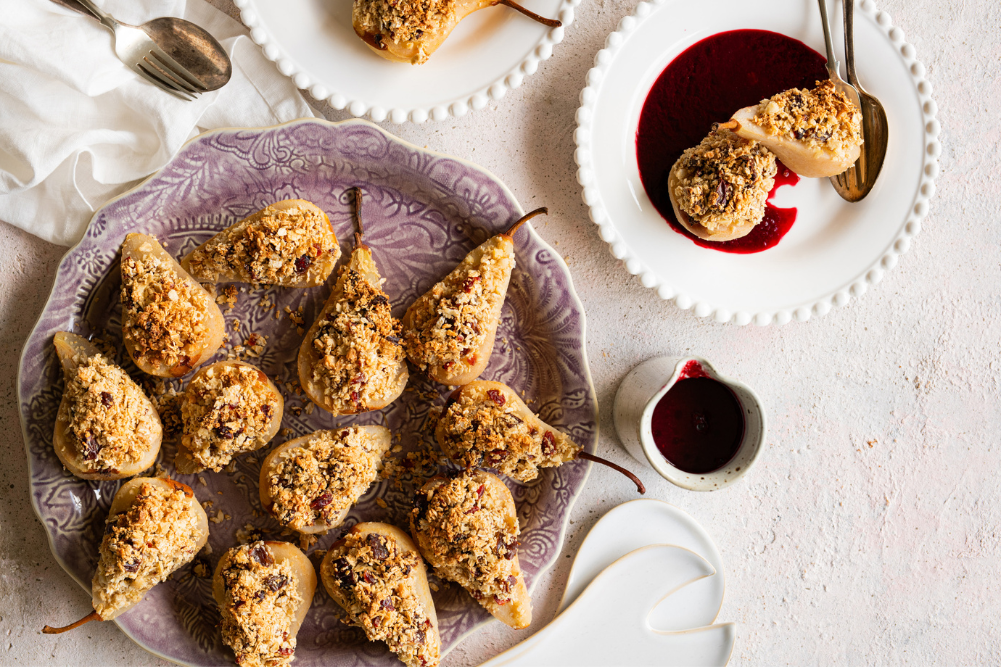For the love of legumes: Everything you need to know about the plant-based powerhouses
For the love of legumes: Everything you need to know about the plant-based powerhouses
Healthy, environmentally friendly, cheap and incredibly tasty. It’s time to add the underrated legume to your weekly meal plan.
Servings
Prep time
Cook time
Recipe
Ingredients
- Dressing
- 2 tbsp lemon juice
- 1 tsp honey
- ½ tsp Dijon mustard
- Pinch salt
- 4 tbsp extra-virgin olive oil
- 800g tin chickpeas, rinsed & drained
- 400g tin sweet corn, rinsed & drained
- 1 small punnet cherry tomatoes, halved
- ½ red onion, thinly sliced
- 1 cucumber, peeled & diced
- Small bunch fresh parsley, chopped
- 4 tbsp roasted red capsicums
- 4 tbsp sliced Kalamata olives
- 2 cloves garlic, minced
- 2 tbsp pepitas
- Fresh mint, to garnish
Method
- To make the lemon vinaigrette, place all dressing ingredients in a small mixing bowl and whisk until well combined. Set aside.
- Place remaining ingredients in a large mixing bowl. Drizzle with lemon vinaigrette and toss gently. Add fresh mint to garnish. Serve immediately.
Tried this recipe? Mention @wellbeing_magazine or tag #wbrecipe!








